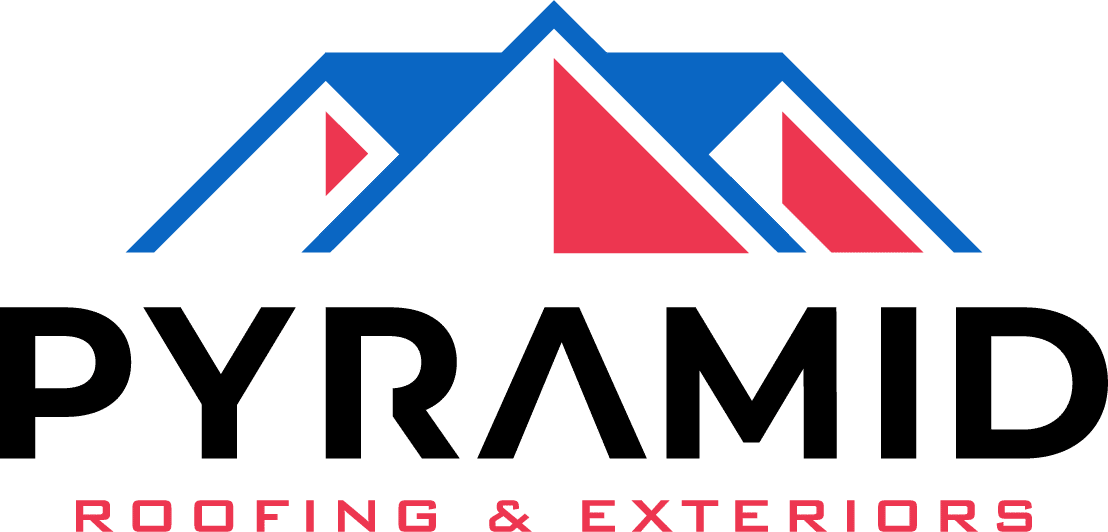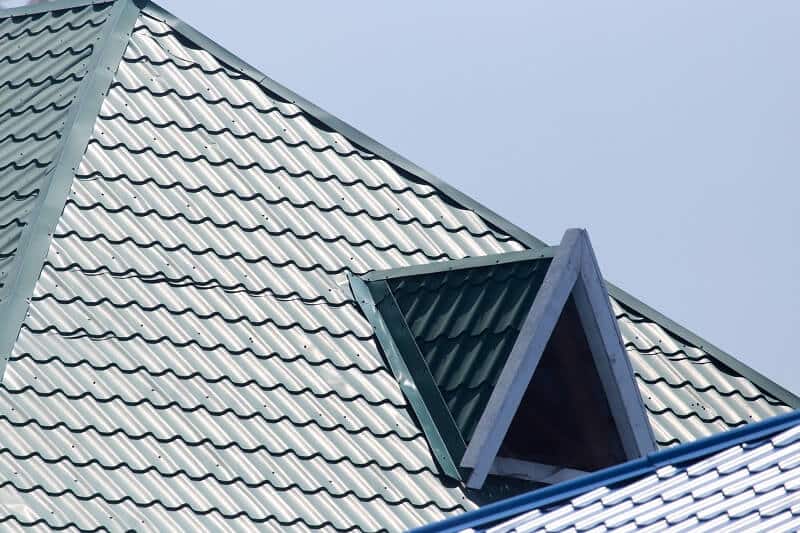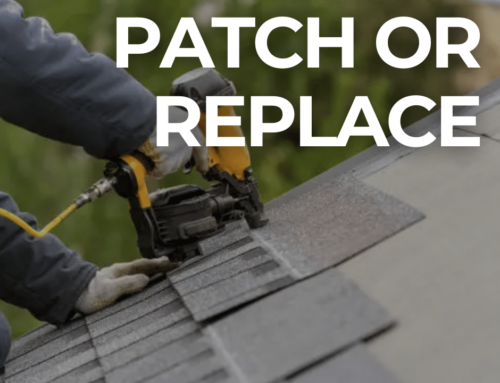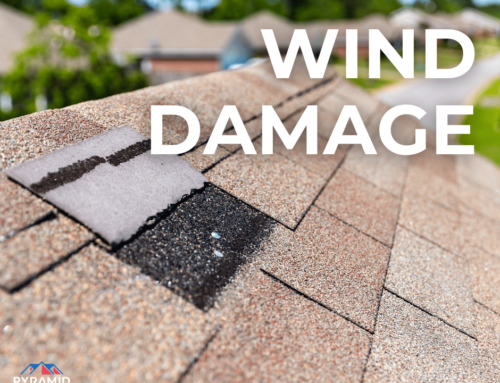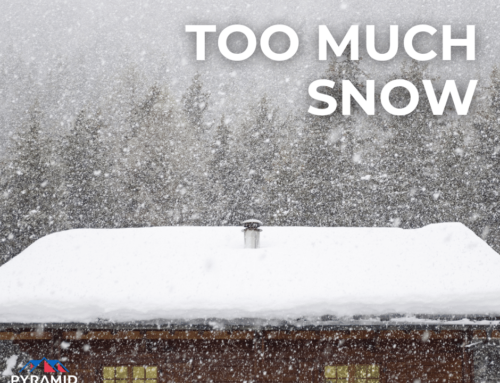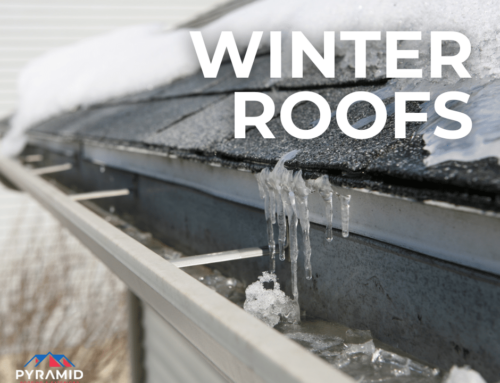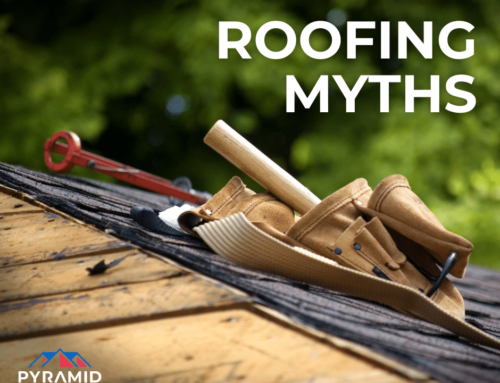The roof is the highest part of your home and, as a result, you my not think about it too often. In fact, you may not give your roof a second thought until you notice leaks or damp spots inside the home.
However, your roof impacts your home insurance policy much more than you may think. If you want to save money on your insurance premiums, and avoid issues such as cancellation and non-renewal, then you need to understand the impact of your roof on your insurance policy.
The Condition of Your Roof and Your Insurance Costs
There are several ways your roof’s condition will impact the cost of your homeowner’s insurance. Keep reading to learn more.
Save Money with Discounts
Your roof’s age is one of the first factors considered by insurance companies – regardless of how old your house is. A roof that is less than a decade old is likely going to receive discounts because it is considered in overall, good condition. This also means there isn’t a very high likelihood of leaks developing.
Additionally, you can receive credits or discounts on your insurance costs by installing roof material that is hail resistant, such as fiberglass shingles, slate, tile, metal or concrete.
Increased Insurance Costs
The type of roofing materials you have installed, and the age of your roof, will impact your insurance costs. For roofs that are 15 years old, or more, the majority of insurance companies are going to increase the hail or wind deductible to a certain percentage or only insure your roof for the actual cash value, instead of how much it will cost to replace.
In either case, a roof-related claim with your insurance company is going to result in you paying higher costs out of your own pocket. Certain roofing materials, such as concrete shingles, slate, tile and steel panels are going to cost even more as the insurers will factor in the actual replacement costs.
The more expensive that your roof is, the higher that your insured values and premiums are going to be. If you have a roof made with wood shake shingles that require a plywood decking, then the cost is going to be high.
Non-Renewals and Declines with Your Insurance Policy
All of the home policies that are written by an insurance company are followed up with a home inspection to assess the home’s actual, current condition. Some of the most common roof related problems include flashing problems, boot vents that need to be replaced and tree limbs that are too close to the roof.
You will have to make the necessary repairs and changes to ensure that your policy is renewed.
If you are looking for ways to reduce your homeowner’s insurance costs, consider replacing your roof. While it’s a significant upfront cost, it can help you save quite a bit of money in the long term. Speak with a professional roofer to find out the best type of material to use on your roof.
